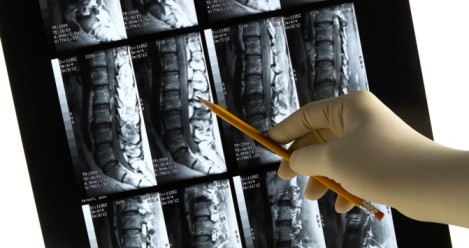Where do we stand with preventing Breast Cancer?
The month of October is about raising awareness of breast cancer and advocating for early detection. Approximately 1 in 8 women born in the U.S. are at risk for developing this disease. The big question is where do we stand with preventative efforts?
Statistics have shown that the incidence of breast cancer has increased by more than 20 percent worldwide since 2008. We still do not have a cure for breast cancer, but there is strong evidence to suggest that lifestyle and diet may play a large part in the disease process. A study published in the Journal of the American Medical Association (JAMA) in September 2015, found that those women who consumed a Mediterranean diet, which is rich in olive oil, had a significantly decreased risk of breast cancer over those who consumed a low fat diet. This study included more than 4000 women between the ages of 60 and 80 years old. What remains unclear is if the reduction in breast cancer was due to the olive oil alone or if the effect was from the overall diet.
In another study, published in the International Journal of Cancer, a link between metabolic syndrome and increased risk of breast cancer was suggested. Metabolic syndrome may include high glucose levels, high triglycerides, high blood pressure, low HDL (“good cholesterol”), and obesity. All of these factors are strongly tied to diet and lifestyle.
In the latest reported findings, taken from a study that is currently in progress, heavy doses of chemotherapy are no longer warranted in the early treatment of the most common type of breast cancer. This study includes more than 10000 women who have been previously diagnosed with breast cancer. Of those in the low risk group, 99% of survivors had no relapses within 5 years of diagnosis, while 94% were free of any invasive breast cancer. A U.S. company, Genomic Health, claims that their new genomic test can decide whether chemotherapy is warranted for a specific case of breast cancer and whether or not reoccurrence is likely to occur.
Based on current practice and research, it is believed that the risk of breast cancer can be lowered with 5 simple lifestyle changes:
- Healthy diet that is low in processed foods and sugars
- Avoidance of smoking
- Maintaining a healthy weight
- Avoidance of alcohol
- Daily exercise
References:
Toledo E et al. Mediterranean Diet and Invasive Breast Cancer Risk Among Women at High Cardiovascular Risk in the PREDIMED Trial: A Randomized Clinical Trial. JAMA. 2015 Sept 14:1-9.
National Breast Cancer Foundation, Inc. – http://www.nationalbreastcancer.org/breast-cancer-awareness-month








